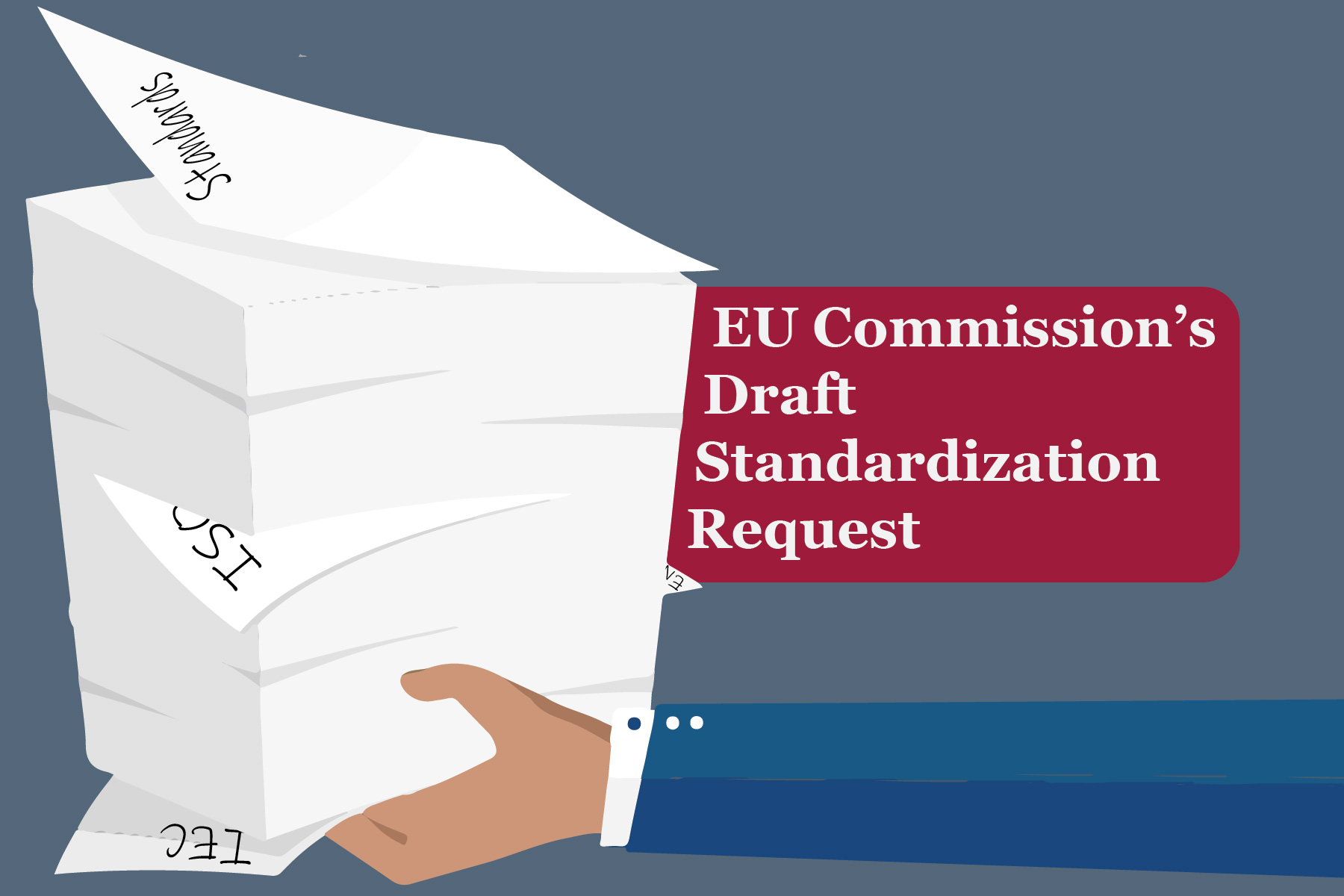The EU MDR and the IVDR layout the performance and safety requirements for medical devices and In-vitro diagnostics respectively in the EU. According to Article 8 of the EU MDR and the IVDR, manufacturers that comply with the harmonized standards are presumed to conform to the requirements of the European regulations.1
In the past, based on several standardization mandates issued by the Commission, the European Committee for Standardization (CEN) and the European Committee for Electrotechnical Standardization (Cenelec) have drafted harmonized standards in support of MDD and IVDD. The EU Commission is now proposing the revision of these harmonized standards to take into account the requirements set out in Regulations (EU) 2017/745 and (EU) 2017/746 and help ensure a high level of public safety and to facilitate free movement of devices in the EU Union. 1
In the EU, standardization requests are subject to acceptance by the relevant European standardization organization. This standardization request includes a list of 151 existing standards to be revised and 28 new standards to be drafted to support the MDR 2017/745; as well as 45 existing standards to be revised and 3 new standards to be drafted to support the IVDR 2017/746.1
Some of the standards to be revised for medical devices include:1
- EN ISO 10993-1:2018 Biological evaluation of medical devices – Part 1: Evaluation and testing within a risk management process
- EN ISO 13485:2016+AC:2018+prA1 Medical devices – Quality management systems – Requirements for regulatory purposes
- EN ISO 14971:2019 Medical devices – Application of risk management to medical devices
And the ones that need to be newly drafted to support compliance with EU MDR include:1
- Medical gloves for single use – Part 5: Extractable chemical residues (prEN 455-5)
- Active implantable medical devices – Electromagnetic compatibility – EMC test protocols for implantable cardiac pacemakers, implantable cardioverter defibrillators, and cardiac resynchronization devices (ISO 14117)
- Medical electrical equipment – Part 2-83: Particular requirements for the basic safety and essential performance of home light therapy equipment (IEC 60601-2-83)
EU Commission believes that since these standards are technology-neutral and purely performance-based, it will ensure a healthy competition in the economy to get the product to market and indirectly reduce the cost of sale associated with these devices.1
It is important to understand the impact of these changes to your product. Call us today to understand how these changes may impact you. Give us a call at +1 248-987-4497 or email us at info@emmainternational.com.
1EU Commissions (Oct 2020) Possible future standardisation requests to the European standardisation organisations retrieved on 11/18/2020 from https://ec.europa.eu/docsroom/documents/43584?locale=en







